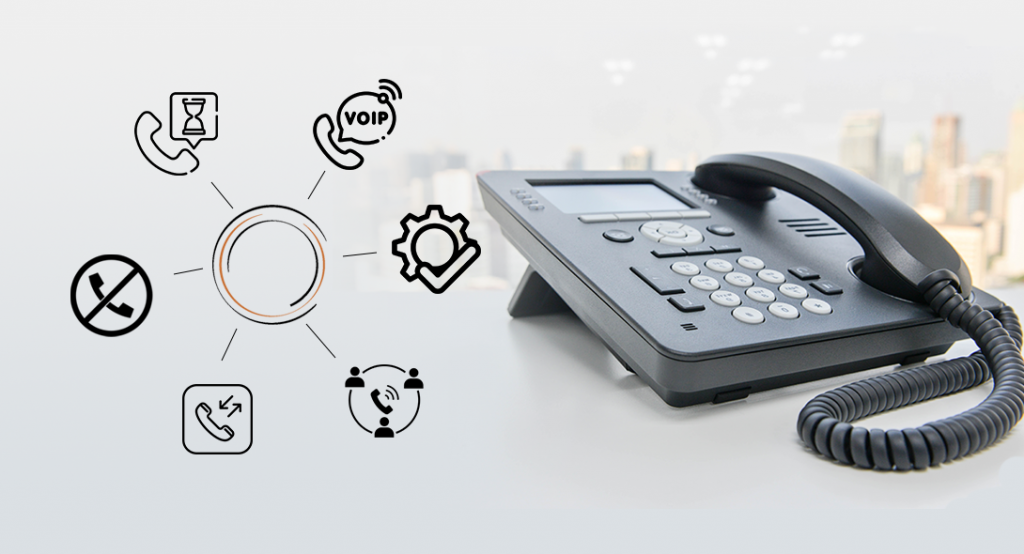Home Phone & Landline Services In WA: Find The Best Deals!
Is the traditional landline phone service, a relic of the past, still holding its ground in the rapidly evolving world of telecommunications? Despite the rise of smartphones and the allure of wireless technology, landline services, also known as traditional home phone services, continue to be a significant presence in the market, offering reliability and a sense of familiarity that resonates with many consumers.
For decades, the ubiquitous landline, a fixture in homes across the United States, has provided a fundamental means of communication. This dependable service, characterized by its connection to a physical jack in the user's home and a network of underground wires, has been the backbone of residential telecommunications, particularly in regions such as Bellevue, WA, and Kent, WA. Landlines, with their established infrastructure, have long held the title of the most popular home service in many areas, offering a straightforward and consistent experience.
In the bustling city of Spokane, WA, traditional home telephone service remains a viable option for many residents. Providers, recognizing the enduring appeal of this service, continue to offer landline connections by installing a jack in the wall, allowing customers to plug in their phones and make calls. These landline services, using analog signals transmitted over copper wires, have provided a reliable means of communication for generations. The terms "landline" and "home phone" are often used interchangeably, though subtle differences exist. A landline specifically refers to the traditional telephone service utilizing analog signals, while a home phone can encompass both landlines and Voice over Internet Protocol (VoIP) phones.
In the ever-changing landscape of telecommunications, several options compete for consumer attention. One such option is Digital Subscriber Line (DSL) phone service. In locations such as Tacoma, WA, and Vancouver, WA, DSL offers a viable alternative, often bundled with internet service for cost-effectiveness. Although DSL uses copper wire lines akin to traditional services, it offers a distinct advantage in terms of speed and convenience.
DSL services, a common choice in cities like Tacoma, WA, often bundle internet and phone services, presenting a convenient and economical solution. Consumers typically utilize a modem to integrate these services. The appeal of DSL lies in its ability to offer customers the option of simultaneous internet browsing and phone calls, a functionality not always available with traditional landlines. In the fast-paced environment of today, this multitasking capability holds considerable value.
Another alternative, wireless home phone service, is gaining traction, especially in areas like Edmonds, WA. This service, often referred to as cell phone service, leverages the wireless infrastructure of cellular networks, offering consumers the freedom to use their phones both at home and on the go. The proliferation of wireless providers provides a broad array of choices, catering to the diverse needs of modern consumers.
Consumers in Redmond, WA, and elsewhere, are encouraged to perform thorough research before settling on a home phone provider. Evaluating the reliability, pricing, and features of different providers is crucial for securing the best possible service. Exploring various phone and international calling plans, as well as investigating affordable landline alternatives, can lead to significant savings and enhanced communication experiences.
For residents in cities such as Seattle, WA, finding the ideal home phone service provider is easier than ever. Numerous providers offer various packages to suit different household needs. Potential customers are encouraged to enter their address to check for coverage and explore the options available. Services, such as those offered by Ooma Telo VoIP and Spectrum, provide a range of features and bundles, ensuring consumers can select the plan that best fits their requirements.
As technology advances and consumer preferences shift, the choices for home phone service continue to evolve. While traditional landlines have demonstrated resilience, wireless options and innovative technologies like VoIP are gaining popularity. In a market brimming with choices, consumers must weigh factors such as reliability, cost, and features to make an informed decision that aligns with their communication needs.
| Feature | Description |
|---|---|
| Landline Service | Traditional home phone service, also known as landline service. Uses a physical connection to a jack in the user's home and underground wires |
| DSL Service | Digital Subscriber Line phone service, often bundled with internet service. Uses copper wire. |
| Wireless Home Phone Service | Cell phone service. Uses wireless infrastructure and cellular networks. |
| VoIP Service | Voice over Internet Protocol. |
| Key Considerations for Consumer | Reliability, Pricing of services and its features. |
For further reading, you can consult information from sources like the Federal Communications Commission (FCC) to understand the regulatory landscape for telecommunications services: https://www.fcc.gov/
In Oak Harbor, WA, the familiar setup of landline services, complete with a wall jack and a plugged-in phone, still offers dependable connectivity for residents. This reliable service, rooted in decades of use, demonstrates its lasting relevance in the face of evolving technology.
To summarize, the landscape of home phone service is diverse, offering options to meet various requirements. From reliable landlines to modern wireless options, customers can choose the best service based on their specific needs and preferences. Careful research and consideration of factors like reliability, cost, and features are important to making the right decision.


